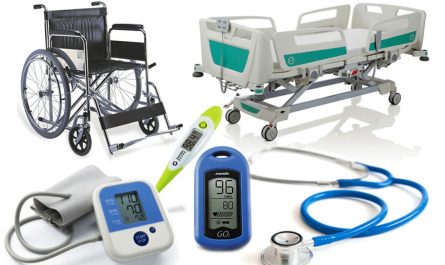
What is it?
Insulin lispro is a fast-acting insulin analog developed as an alternative to regular human insulin for patients with diabetes mellitus. It was one of the first rapid-acting insulin analogs to be approved for medical use.
Mechanism of Action
Admelog differs from regular human insulin by the reversal of the amino acids proline and lysine at positions B28 and B29 on the insulin B chain. This minor molecular change results in a faster absorption profile after subcutaneous injection compared to regular human insulin. Peak blood glucose lowering effects occur within 0.5-1 hour compared to 1-3 hours for regular human insulin. However, the overall glucose-lowering effect of Admelog is similar to regular human insulin.
Clinical Use
Due to its rapid onset of action, Admelog is commonly used as a mealtime (pre-prandial) insulin to control post-meal blood glucose spikes in patients with type 1 or type 2 diabetes. It allows for more precise dosing just before or during meals rather than hours beforehand as needed with regular human insulin. Admelog can also be used in continuous subcutaneous insulin infusion (insulin pump therapy) or premixed insulin formulations containing a mix of rapid-acting and intermediate-acting insulin.
Prescribing Information
Insulin lispro is available by prescription as a clear solution for injection in vial or prefilled pen devices under the brand names Humalog and others. The recommended starting dose is 0.2-0.5 units per kg of body weight, given 15 minutes before a meal. Dosage should be titrated based on blood glucose monitoring to achieve target levels. Patients should be counseled on proper injection technique, hypoglycemia treatment/prevention, adjustment of food intake/activity in case of delayed or missed doses.
Safety and Side Effects
Overall, the safety profile of Admelog is similar to regular human insulin. Common side effects include hypoglycemia, lipodystrophy or lipoatrophy at the injection site, weight gain, and allergic reactions. Minor differences from regular insulin include a slightly higher risk of hypoglycemia in the first few hours after a meal due to the more rapid onset/peak action. To reduce risk, patients are advised to test blood glucose levels more frequently, follow dietary/physical activity plans more closely, and recognize/treat hypoglycemia promptly.
Special Populations
No dosage adjustments are typically required for Admelog based on age, sex, or race/ethnicity. However, dosage guidance may be needed for organ dysfunction, pregnancy, lactation, renal or hepatic impairment based on an individual’s glycemic control and insulin needs. For example, women with pre-existing diabetes who become pregnant often require increased insulin dosages to achieve euglycemia as pregnancy progresses and insulin resistance rises. Close monitoring by a physician is important in special populations for safe and effective use.
Advantages Over Regular Insulin
The primary advantage of insulin lispro relative to regular human insulin is its faster absorption and onset of action. This allows for more precise administration in relation to meal consumption and reduced risk of post-prandial hyperglycemia. By more closely mimicking normal physiologic insulin release by the pancreas, lispro therapy may improve glycemic control and reduce complications risk over time compared to regular insulin regimens in compliant patients. However, lispro provides no advantages over human insulin with respect to hypoglycemia risk or long-term outcomes when all other factors are controlled.
Patient Preferences
For many diabetes patients, insulin lispro therapy offers a more flexible lifestyle by reducing strict pre-meal dosing windows. Some prefer using pens over vials for ease of administration. However, the ongoing costs of rapid-acting insulins are higher than regular insulin alone for a comparable regimen. Individual coverage and affordability thus influence patient acceptance and adherence. Convenience must also be weighed against increased self-monitoring demands for safe use of any fast-acting insulin. Overall preferences depend on balancing efficacy, quality of life, safety, costs, and personal priorities.
Future Developments
Research continues seeking even faster-acting insulin analogs to better match normal physiologic prandial insulin release patterns. Combination formulations of rapid- and long-acting insulins hold promise for simplified regimens. Non-invasive delivery routes like inhaled or buccal insulin are ongoing areas of focus. Artificial pancreas/closed-loop systems integrate continuous glucose monitoring with automated insulin delivery and represent the long-term goal of restoring normal glucose control without patient intervention. Admelog has enabled progress toward these future innovations through two decades of clinical experience validating the feasibility and benefits of rapid-acting insulin analog design.
In summary, insulin lispro provides a fast-acting alternative to regular insulin that allows for more precise prandial control in diabetes management. Its mechanism, pharmacokinetic properties, clinical indications, and safety profile were reviewed here. Patient preferences also depend on individual insurance coverage and priorities around costs, efficacy, and lifestyle demands. Ongoing advancements strive to further bridge the gap between current insulin therapies and a physiological cure for diabetes.
*Note:
- Source: Coherent Market Insights, Public sources, Desk research
- We have leveraged AI tools to mine information and compile it

